Economic Slowdown Under Biden: Causes, Consequences, And Criticisms
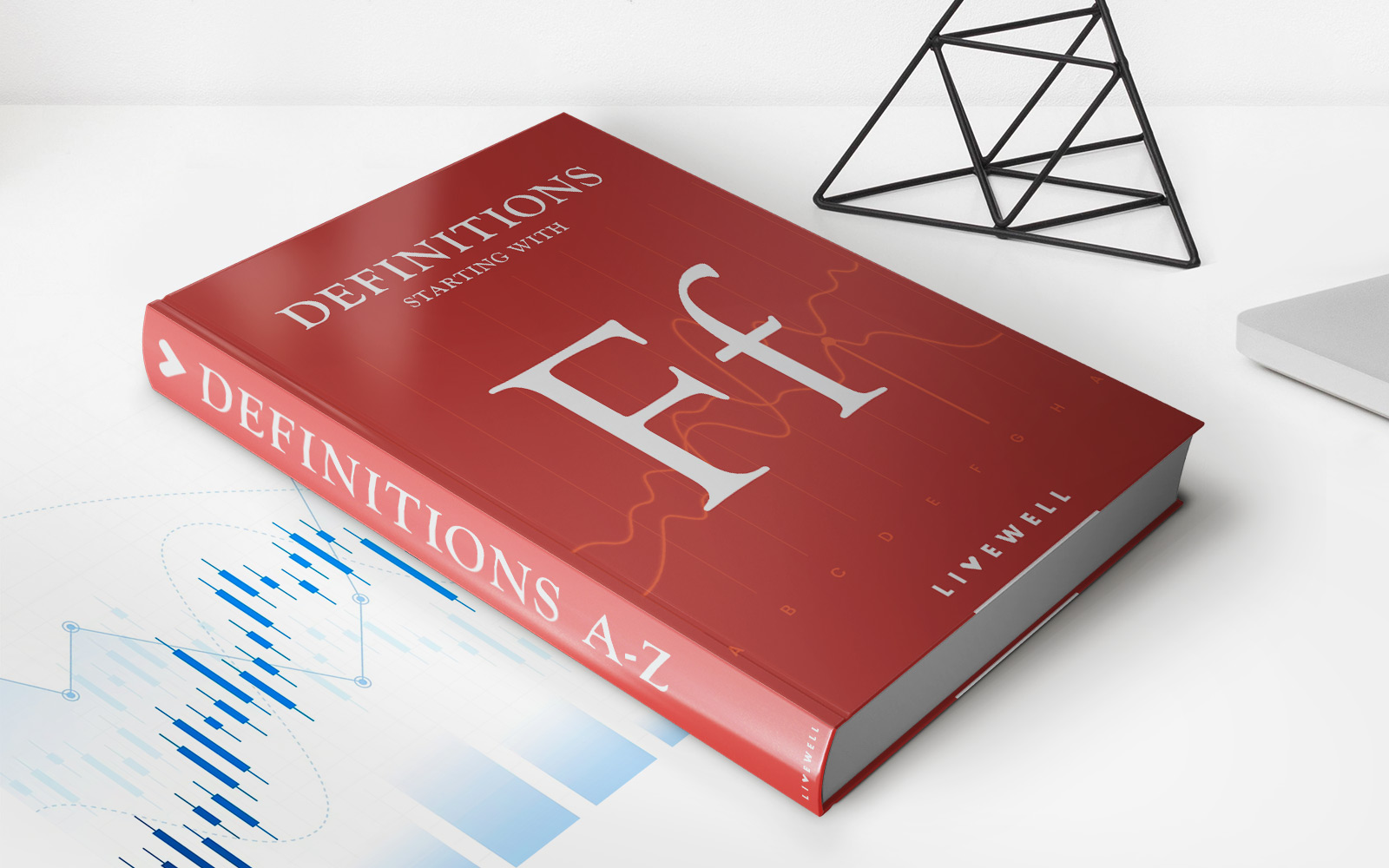
Table of Contents
Causes of the Perceived Economic Slowdown
Several interconnected factors have contributed to the perception of an economic slowdown during the Biden administration. These factors are complex and often debated, making it crucial to analyze them with nuance and supporting data.
Inflation and Rising Prices
The surge in inflation has been a major factor impacting the US economy. Rising prices have significantly eroded consumer purchasing power, leading to decreased consumer spending and overall economic uncertainty.
- Supply chain disruptions: The COVID-19 pandemic exposed vulnerabilities in global supply chains, leading to shortages and increased costs for many goods.
- Increased energy prices: The war in Ukraine significantly impacted global energy markets, causing a sharp rise in gasoline and energy prices, further fueling inflation.
- Government spending: Critics argue that expansive government spending programs contributed to inflationary pressures by increasing demand without a corresponding increase in supply. Supporters counter that these programs were necessary to address the economic fallout from the pandemic.
- Monetary policy: Prior to the current interest rate hikes, the Federal Reserve's loose monetary policy during the pandemic, while intended to stimulate the economy, also contributed to increased inflation.
The Consumer Price Index (CPI) and Producer Price Index (PPI) have consistently shown elevated inflation rates throughout much of the Biden administration, providing concrete evidence of this issue.
Global Economic Uncertainty
The US economy is deeply intertwined with the global economy. Several global factors have exacerbated the economic challenges faced domestically.
- Energy crisis: The war in Ukraine created an energy crisis in Europe and globally, impacting energy prices and supply.
- Food shortages: The war, coupled with climate change and supply chain issues, contributed to food shortages and price increases in many countries, including the US.
- Global supply chain bottlenecks: Persistent supply chain disruptions continue to affect various sectors, hindering production and increasing costs.
- Geopolitical instability: Rising geopolitical tensions and conflicts worldwide contribute to uncertainty and volatility in global markets.
These global issues have had a direct and significant impact on the US economy, influencing inflation, investment, and overall economic growth.
Federal Reserve Policy
The Federal Reserve's response to inflation has also played a significant role in the economic situation. The Fed's actions, while aimed at curbing inflation, have also had consequences for economic growth.
- Quantitative tightening: The Fed's reduction of its balance sheet (quantitative tightening) aims to reduce the money supply and control inflation.
- Interest rate increases: Significant interest rate hikes have increased borrowing costs for businesses and consumers, potentially slowing down economic activity.
- Impact on borrowing costs: Higher interest rates make it more expensive to borrow money, impacting business investment, consumer spending on big-ticket items like houses and cars, and overall economic growth.
The trade-off between controlling inflation and maintaining economic growth is a central challenge for the Federal Reserve, and its policy decisions have directly influenced the current economic climate.
Consequences of the Economic Slowdown
The perceived economic slowdown has had several tangible consequences for the US economy and its citizens.
Impact on Employment
While the unemployment rate has remained relatively low, there are concerns about the quality and sustainability of job growth.
- Job growth numbers: While job growth numbers have been positive in some periods, the pace of job creation has slowed compared to previous periods.
- Unemployment rates by demographic groups: The impact of the slowdown varies across demographic groups, with some sectors and populations experiencing greater challenges than others.
- Impact on specific sectors: Certain sectors, particularly those sensitive to interest rate changes or consumer spending, have experienced more significant job losses or slowed hiring.
A comparison of current employment figures to those under previous administrations provides valuable context for evaluating the current situation.
Consumer Spending and Confidence
Consumer spending is a major driver of economic growth, and its slowdown reflects the overall economic situation.
- Retail sales data: Retail sales figures often reflect changes in consumer spending patterns and can be a leading indicator of economic health.
- Consumer confidence indices: Consumer confidence indices track consumer sentiment and expectations, providing insights into future spending behavior.
- Impact on various economic sectors: Decreased consumer spending directly impacts various sectors, from retail and restaurants to manufacturing and tourism.
A decline in consumer spending and confidence can trigger a downward spiral, further slowing economic growth.
Impact on Investment
Reduced investment can have long-term consequences for economic productivity and growth.
- Business investment data: Data on business investment in equipment and expansion provides insight into future economic growth potential.
- Stock market performance: The stock market’s performance often reflects investor confidence and expectations about future economic growth.
- Impact on small businesses: Small businesses are particularly vulnerable to economic slowdowns and may face challenges securing financing or expanding operations.
Reduced investment can lead to slower technological advancements, decreased productivity, and slower long-term economic growth.
Criticisms of the Biden Administration's Economic Policies
The Biden administration's economic policies have faced various criticisms from different perspectives.
Spending and Debt
Critics argue that the administration's spending plans have contributed to the national debt and inflationary pressures.
- Specific spending initiatives: Critics point to specific spending programs as contributing to the increased national debt and inflationary pressures.
- Projections for future debt: Projections for future debt levels under current spending policies have fueled concerns about long-term economic stability.
- Economic impact of debt: High levels of national debt can lead to higher interest rates, reduced government spending in other areas, and potentially slower economic growth.
Supporters argue that these programs were crucial investments to address immediate challenges and stimulate long-term growth.
Regulatory Policies
Some critics contend that the administration's regulatory policies have hindered economic activity and investment.
- Specific regulations: Critics cite specific regulations as examples of burdensome policies that stifle business growth and job creation.
- Impact on business investment and job creation: The argument is that increased regulations increase compliance costs for businesses, potentially reducing investment and job creation.
- Arguments for and against: There are arguments both for and against increased regulation, emphasizing the trade-offs between protecting consumers and the environment versus fostering economic growth.
Tax Policies
The administration's tax policies have also drawn criticism, with concerns regarding their impact on economic growth and income inequality.
- Corporate tax rates: Changes in corporate tax rates can impact business investment decisions and competitiveness.
- Individual income tax rates: Changes in individual income tax rates can affect consumer spending and income inequality.
- Impact on investment and employment: The impact of tax policies on investment and employment can be complex and depends on numerous factors.
Conclusion
The perceived economic slowdown under the Biden administration is a complex issue with multiple contributing factors, including inflation, global economic uncertainty, and Federal Reserve policies. The consequences include impacts on employment, consumer spending, and investment. Criticisms of the administration's economic policies center around spending, regulation, and taxation. Understanding these causes, consequences, and criticisms is crucial for informed discussion and policymaking. To further your understanding of the economic slowdown under Biden, we encourage you to research the latest economic data and engage in thoughtful discussion on the topic. Continue learning about the nuances of the Biden administration's economic policies and their effects on the US economy.

Featured Posts
-
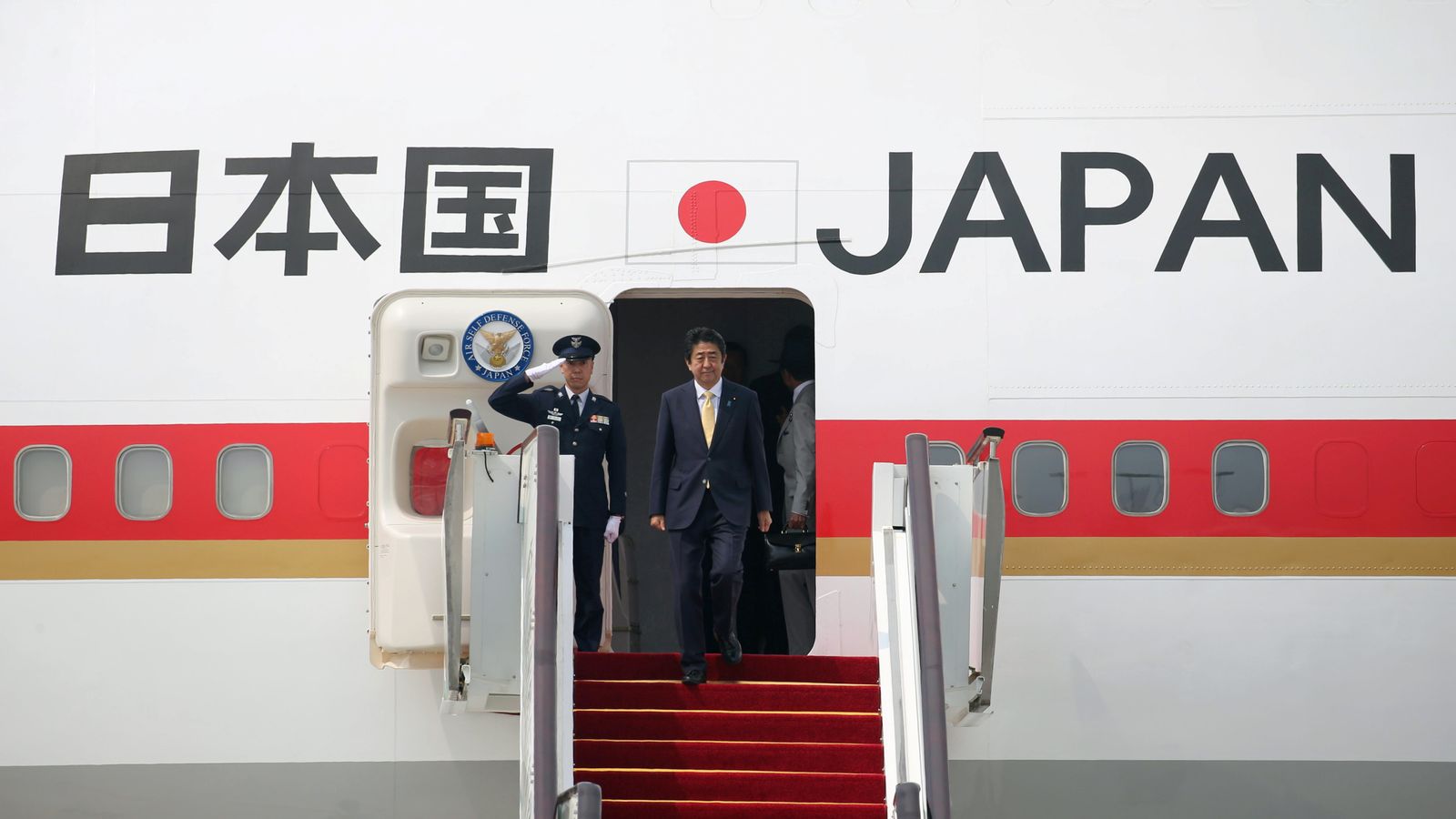 1bn Revenue Loss Bbc Issues Warning Of Unprecedented Problems
May 02, 2025
1bn Revenue Loss Bbc Issues Warning Of Unprecedented Problems
May 02, 2025 -
 Fortnite Refund Signals Potential Cosmetic Changes
May 02, 2025
Fortnite Refund Signals Potential Cosmetic Changes
May 02, 2025 -
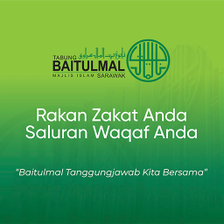 Tabung Baitulmal Sarawak 125 Anak Asnaf Sibu Terima Bantuan Persekolahan 2025
May 02, 2025
Tabung Baitulmal Sarawak 125 Anak Asnaf Sibu Terima Bantuan Persekolahan 2025
May 02, 2025 -
 Kashmir Cat Owners Alarmed By Viral Social Media Posts
May 02, 2025
Kashmir Cat Owners Alarmed By Viral Social Media Posts
May 02, 2025 -
 Report Storm Damage In Tulsa Help The National Weather Service Track Saturdays Impact
May 02, 2025
Report Storm Damage In Tulsa Help The National Weather Service Track Saturdays Impact
May 02, 2025
Latest Posts
-
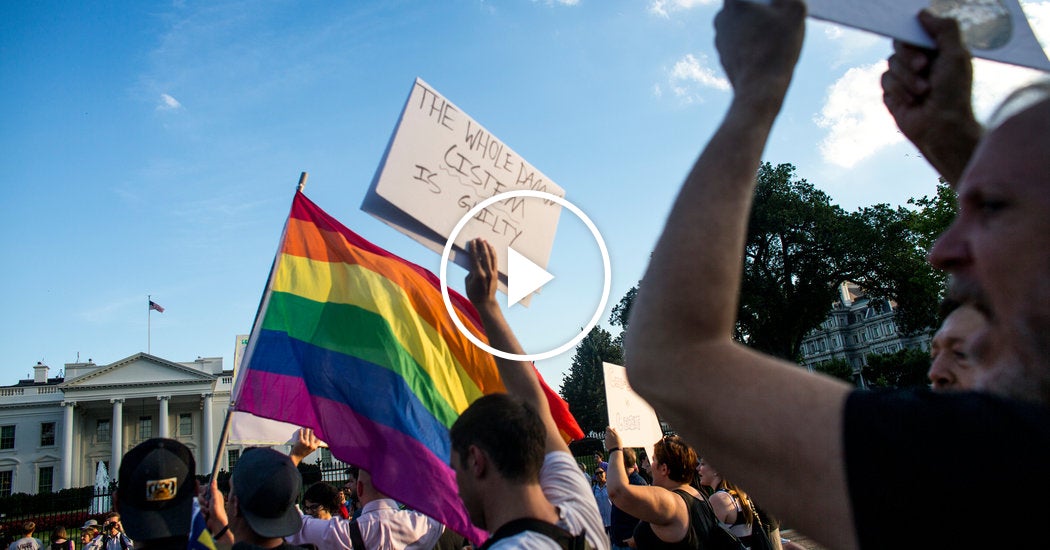 Deconstructing The Arguments Around Trumps Transgender Military Ban
May 10, 2025
Deconstructing The Arguments Around Trumps Transgender Military Ban
May 10, 2025 -
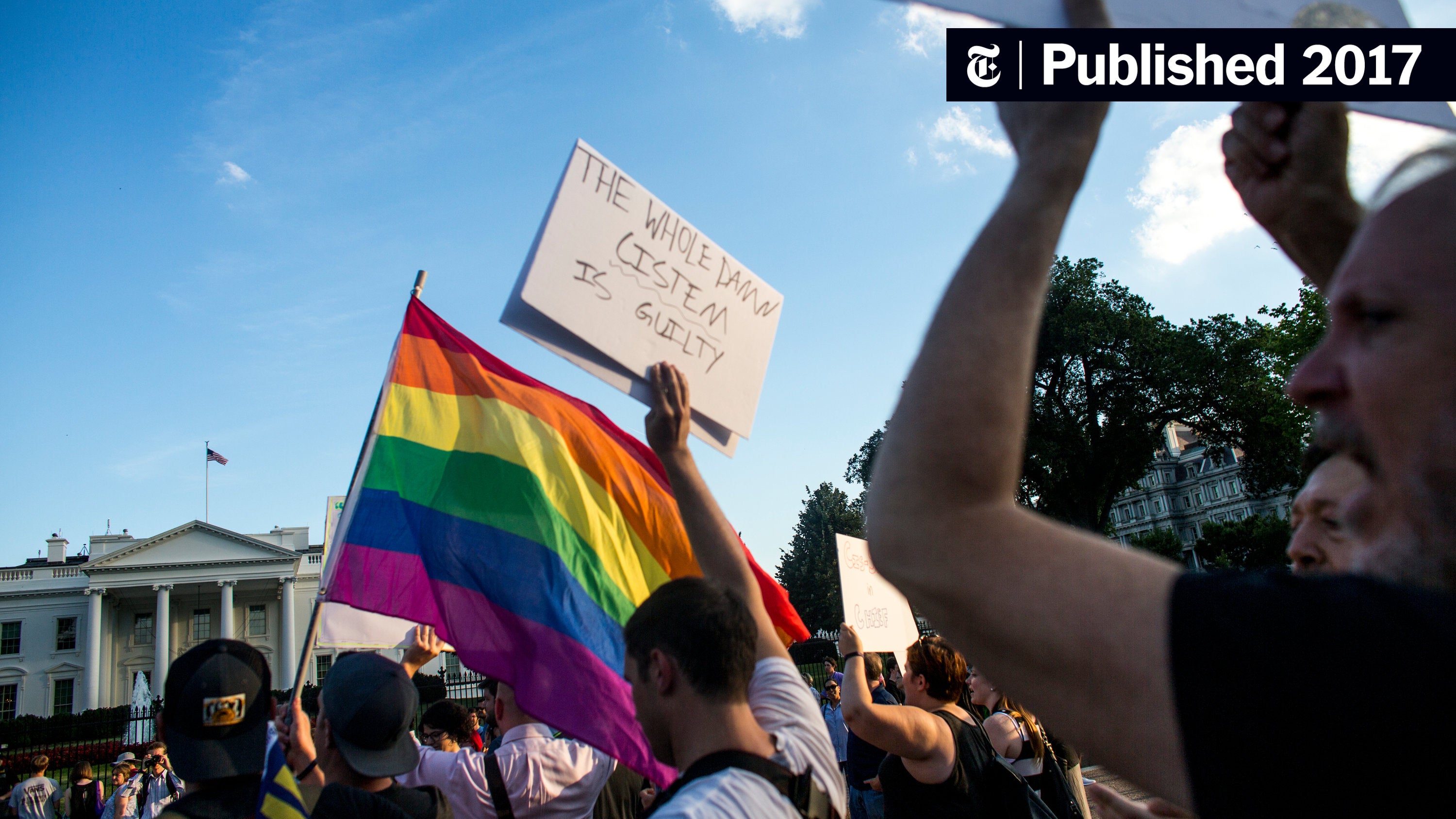 The Impact Of Trumps Transgender Military Ban An Opinion
May 10, 2025
The Impact Of Trumps Transgender Military Ban An Opinion
May 10, 2025 -
 Trumps Transgender Military Policy A Comprehensive Analysis
May 10, 2025
Trumps Transgender Military Policy A Comprehensive Analysis
May 10, 2025 -
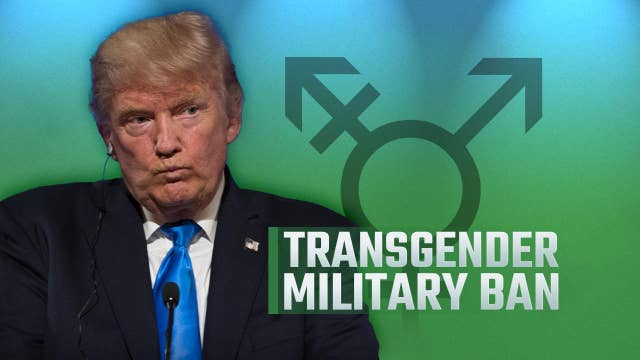 Dissecting Trumps Transgender Military Ban An Opinion Piece
May 10, 2025
Dissecting Trumps Transgender Military Ban An Opinion Piece
May 10, 2025 -
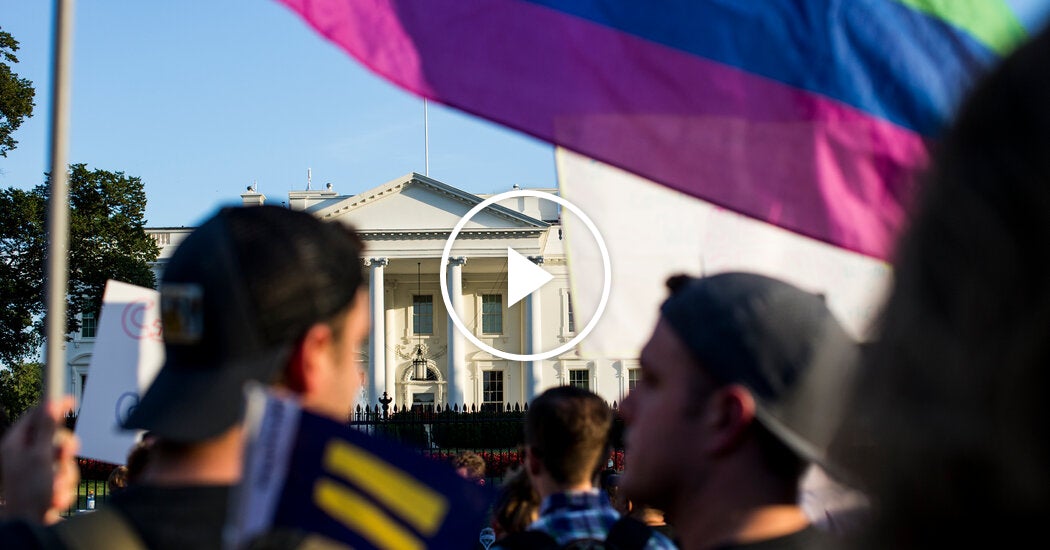 The Transgender Military Ban Unpacking Trumps Rhetoric
May 10, 2025
The Transgender Military Ban Unpacking Trumps Rhetoric
May 10, 2025
